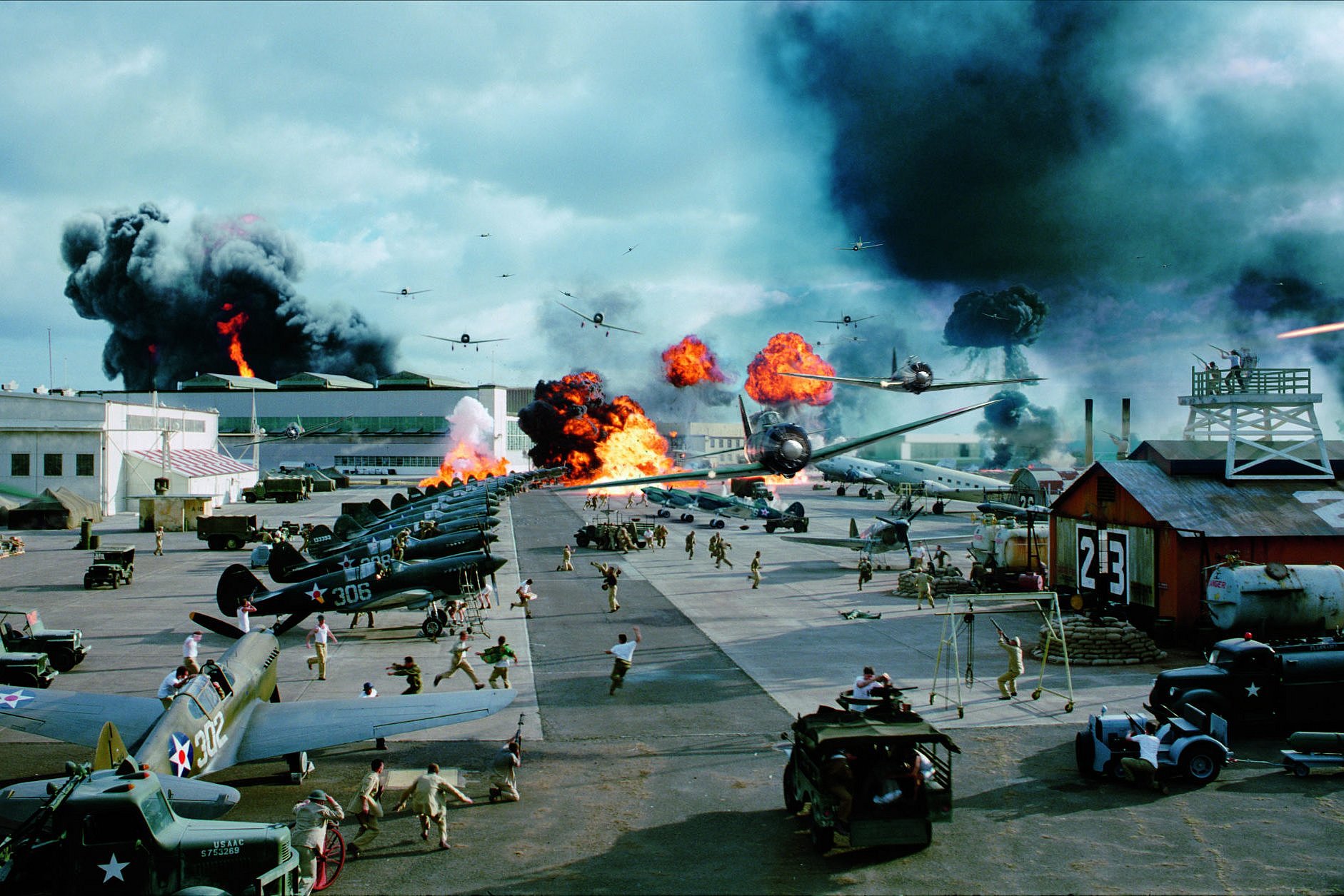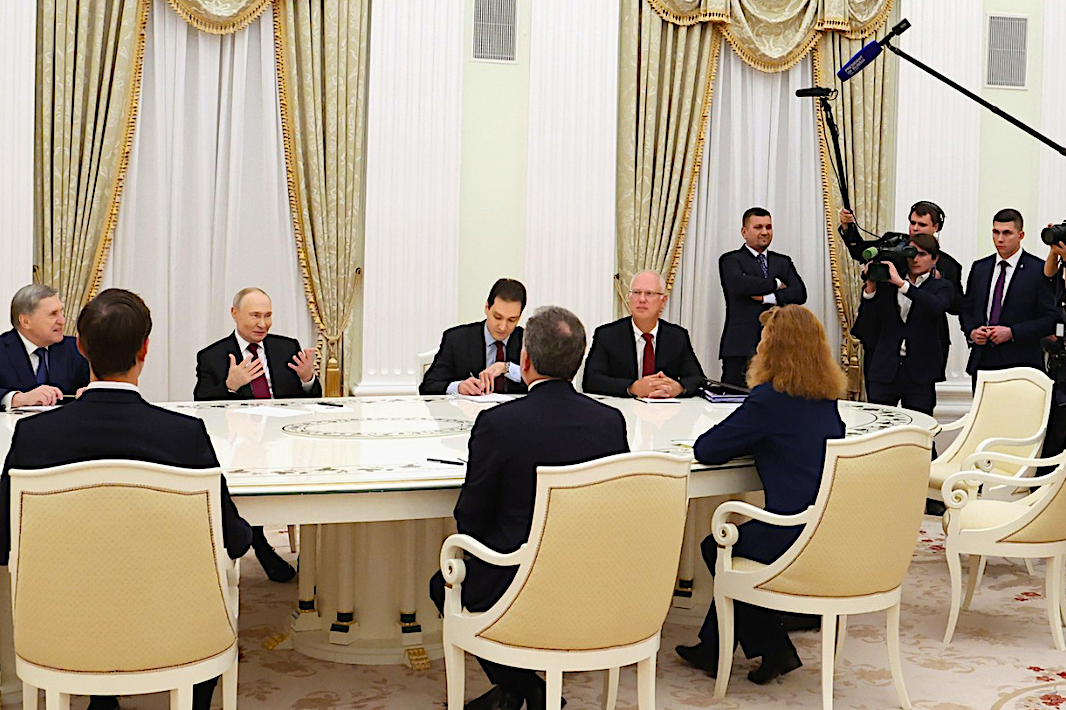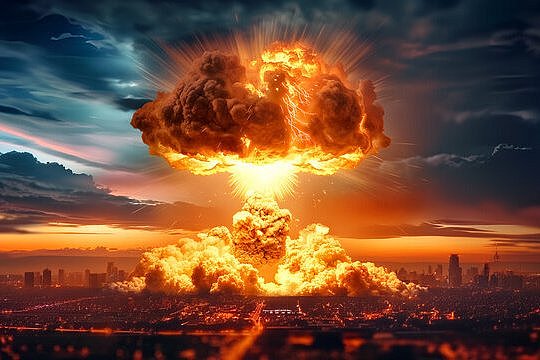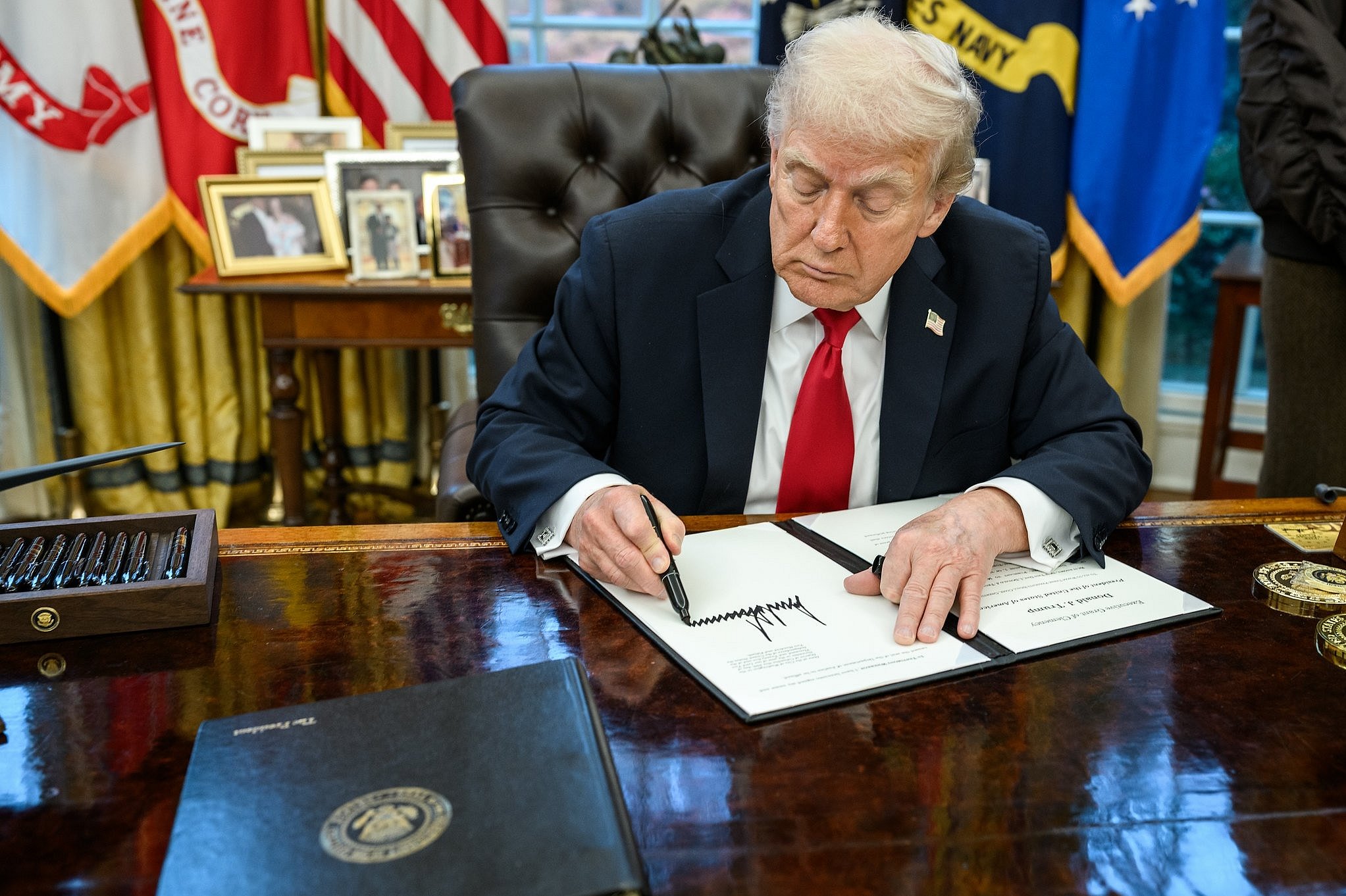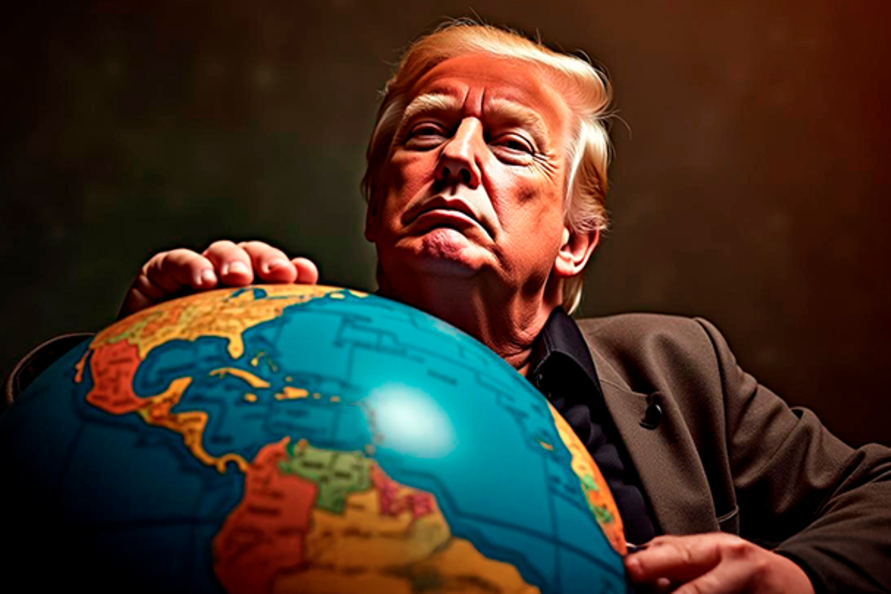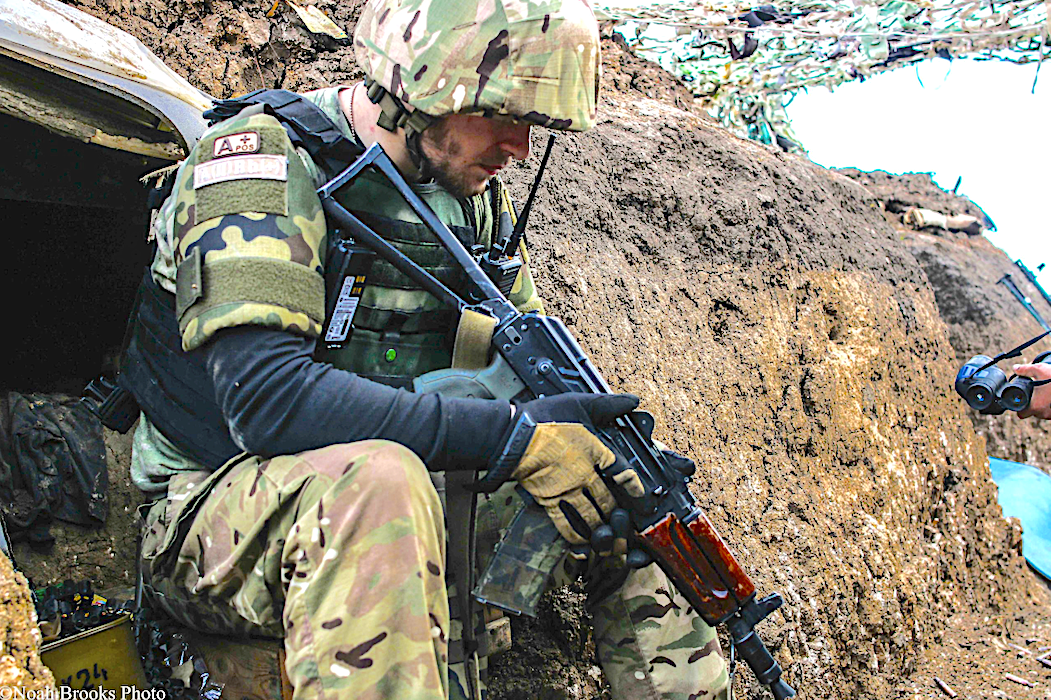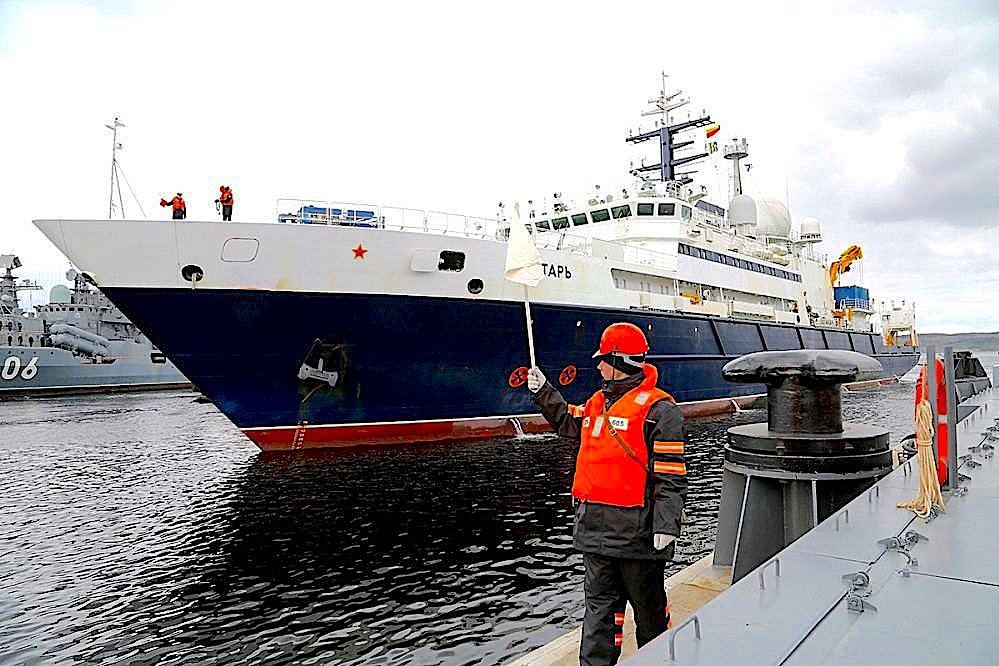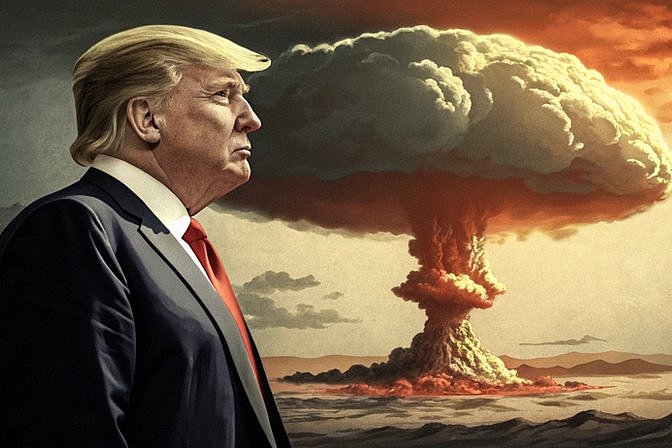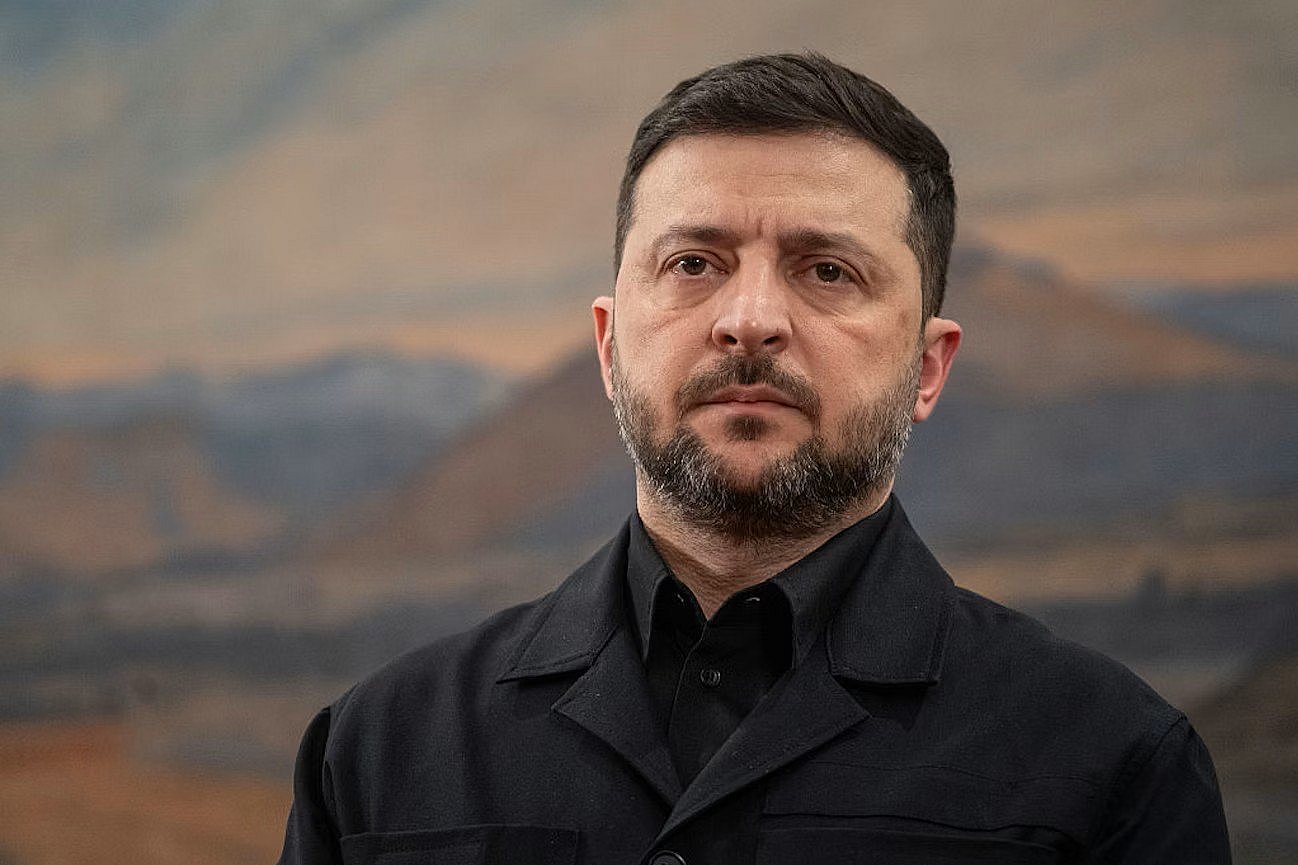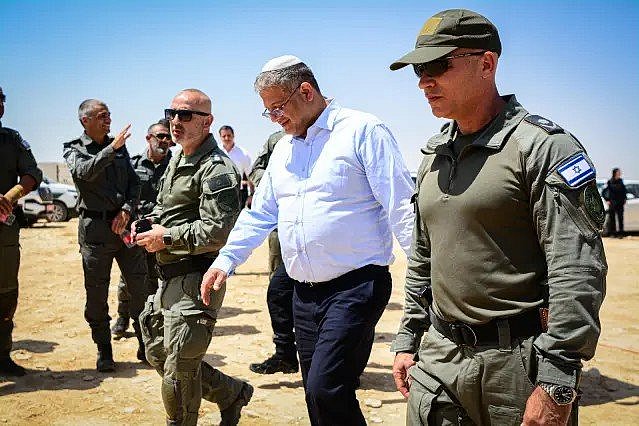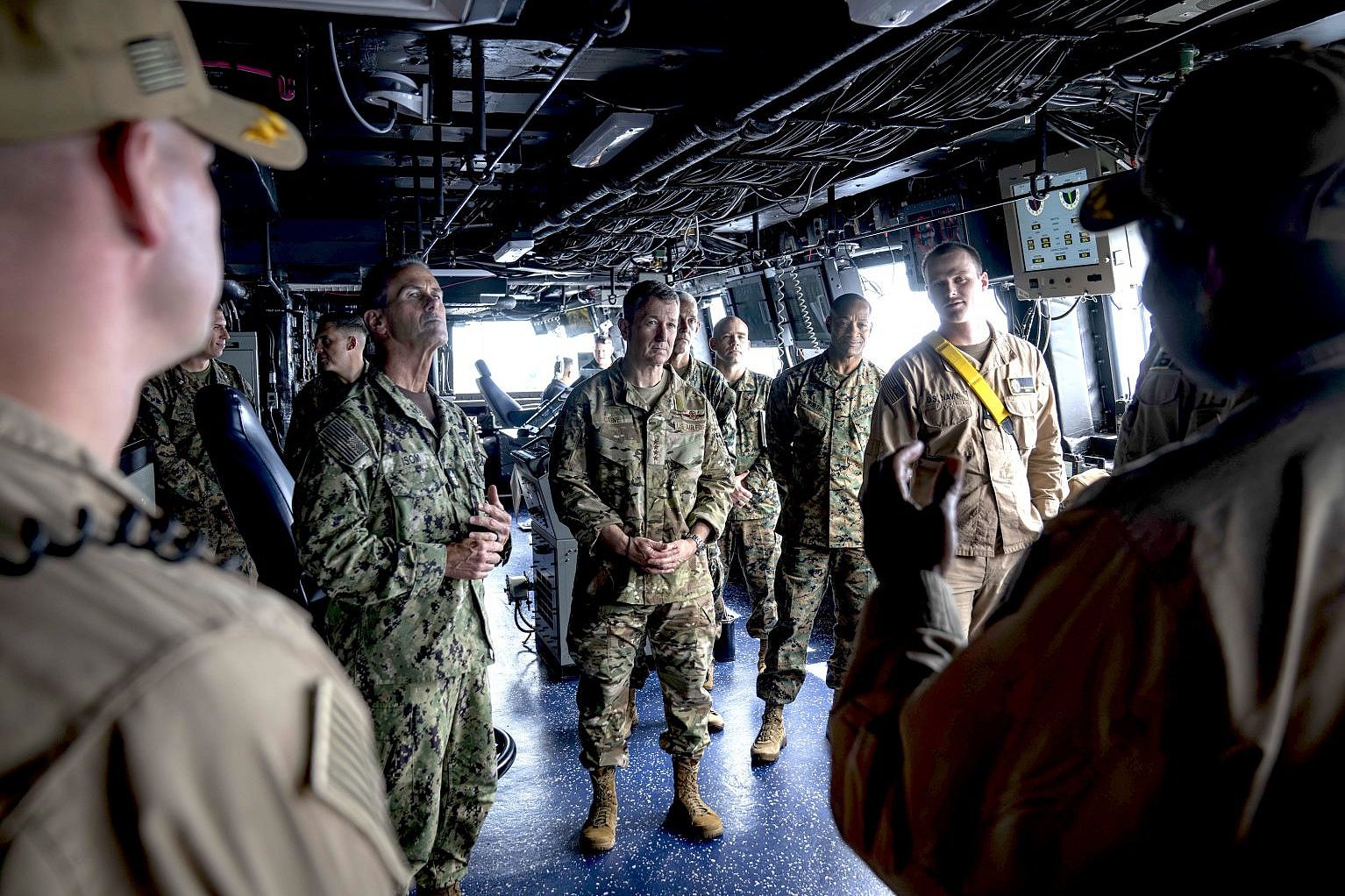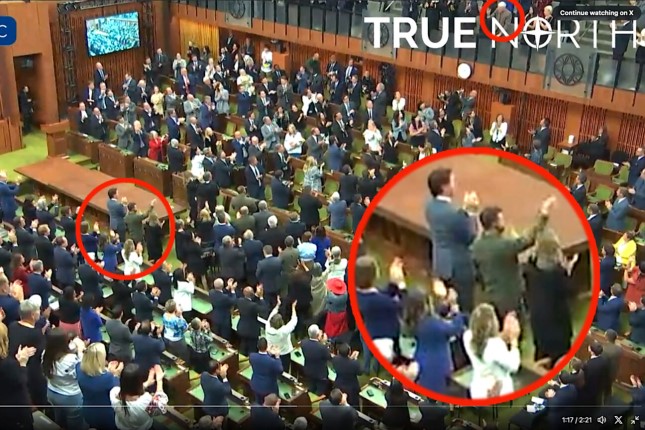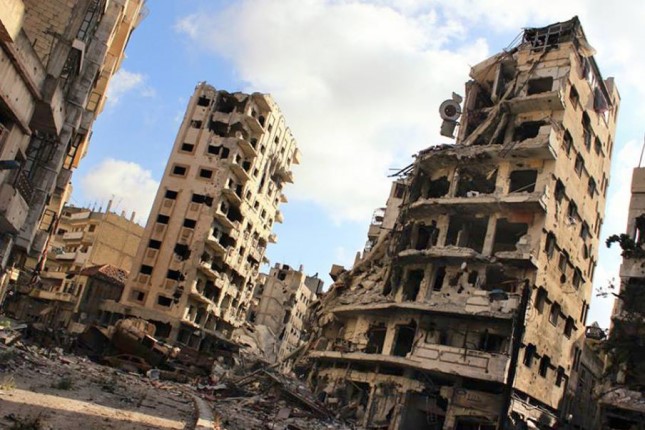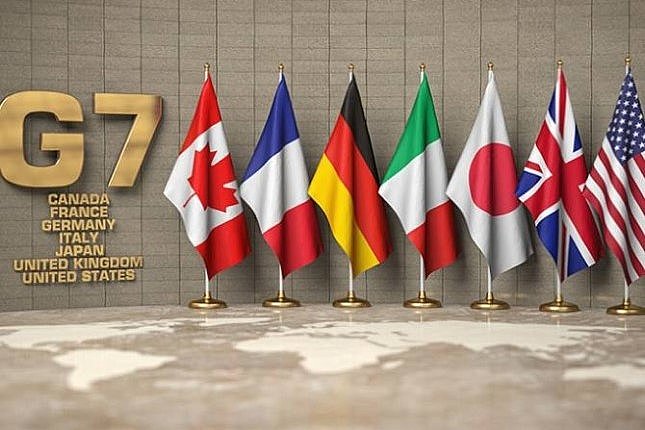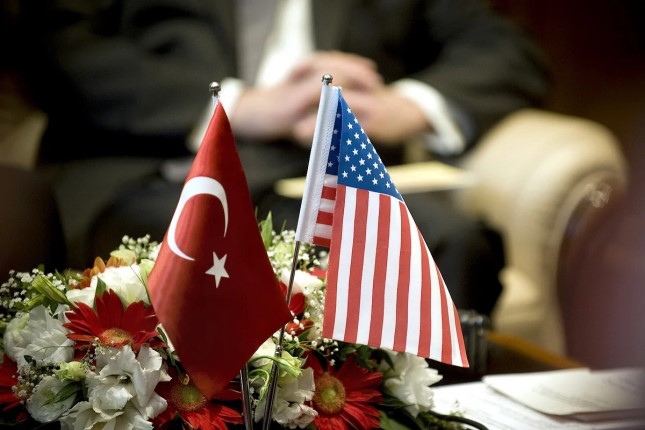The article badly misses the shift in relations in the region. By implying that other countries in the region are more willing to work with the U.S. and insisting that “Iran is more isolated from the West than it has been in decades,” the article presents an Iran who is increasingly alone in the region. Nothing could be further from the truth.
The biggest rift in the region was the rift between Iran and Saudi Arabia. In 2023, Iran and Saudi Arabia stunned the world by announcing that China had brokered an agreement between the opposing regional powers “to resume diplomatic relations between them and re-open their embassies and missions.”
In 2024, Bahrain, who had long ago followed Saudi Arabia in cutting ties with Iran, sent a message to Iran through Russia requesting the re-establishment of diplomatic relations. Soon, Bahrain and Iran would announce that they had agreed to create a framework on initiating talks on resuming diplomatic relations. “The two sides,” a statement said, “agreed in this meeting to establish the necessary mechanisms to begin talks between the two countries to study how to resume political relations between them.” In October 2024, Iran’s Foreign Minister Abbas Araghchi met with King Hamad bin Isa Al-Khalifa in Bahrain.
In 2025, Egypt, whose relations with Iran had been broken since 1979, began to welcome Iran back into the region. Saying that there is now “a mutual desire to develop our relations,” Egypt’s Foreign Minister, Badr Abdelatty, and President el-Sisi met with Iran’s Foreign Minister Abbas Araghchi. Araghchi said that, “[a]fter many years, diplomacy between Iran and Egypt has entered a new phase. The level of political interaction and cooperation, and more importantly, the level of trust and confidence in relations between the two countries, is unprecedented.” The two countries signed an agreement “to launch periodic consultations at the sub-ministerial level to address aspects of bilateral cooperation.”
Most recently, Oman’s Foreign Minister, Badr Al Busaidi, “encouraged fellow Gulf countries to engage with Tehran rather than isolate it.”
Iran’s reintegration into the region has been accompanied by the wider integration into the Shanghai Cooperation Organisation and BRICS. Contrary to picture painted by The Times, Iran is less isolated than it has been in a long time.
And contrary to the implication that regional powers like Saudi Arabia, Egypt and the United Arab Emirates are more willing to work with the United States, increasing Iran’s isolation, those countries have developed a deeper distrust of the U.S. and a greater reluctance to partner with them. Though The Times article enters Saudi Arabia’s recent mutual defense treaty with Pakistan as evidence of Saudi Arabia’s continued concern with a nuclear Iran, that treaty likely had at least as much to do with the Kingdom’s uncertainty with the U.S. as with its uncertainty with Iran.
The Saudi-Pakistani defense agreement is more reasonably seen as a growing realization in the region that their interests are better served by relying on each other – including Iran – than by relying on the United States. The bilateral security agreement joins calls by Turkey, Egypt and Pakistan for a pan-Islamic security alliance. Most recently, Oman’s Foreign Minister, Badr al-Busaidi, called for an regional Gulf security architecture that includes Iran.
As this adjusted picture suggests, The Times article equally misses the mark with its portrayal of the “regional powers… respect[ing] Iran’s ability, however weakened, to create instability” in the region.
While the Gulf states are not fully free of their concerns with Iran’s ability to disrupt, their foreign policy is no longer focused on Iran as the defining threat. Oman’s Foreign Minister, Badr al-Busadi, told the Manama Dialogue in Bahrain on November 1 that “We have long known” that Iran is not “the prime source of insecurity in the region.”
Oman is a close friend of the United States and a highly respected diplomatic broker. It’s assessment of Iran and the security situation in the region turns long standing U.S. policy for the region on its head. As Trita Parsi, Executive Vice president of the Quincy Institute for Responsible Statecraft, points out, Al-Busaidi emphasized that “we have long known” that Iran is not “the prime source of insecurity in the region,” indicating a shift in the region that now allows Arab officials to state that knowledge publicly.
And thirdly, in its discussion of Iran’s nuclear program, the current appearance that negotiations are dead at least for now, and the risk of renewed military strikes on Iranian nuclear facilities, The Times at least includes the qualifier that “Iran has always denied” that it intends to produce a nuclear weapon.
But, while seemingly generous, that formulation is deceptively dangerous. It is not only Iran that has denied that its nuclear program is intent on building a bomb, but the United States. And The New York Times article should have said that.
The 2022 U.S. Department of Defense Nuclear Posture Review concludes that “Iran does not today possess a nuclear weapon and we currently believe it is not pursuing one.” That conclusion was repeated and reinforced by the 2025 Annual Threat Assessment, which “reflects the collective insights of the Intelligence Community,” and which clearly states that U.S. intelligence “continue[s] to assess Iran is not building a nuclear weapon and that [Ayatollah] Khamenei has not reauthorized the nuclear weapons program he suspended in 2003.”
Joining the United States, while Iran’s nuclear facilities were being bombed, IAEA director general Rafael Grossi declared that the IAEA “did not find in Iran elements to indicate that there is an active, systematic plan to build a nuclear weapon” and concluded that “We have not seen elements to allow us, as inspectors, to affirm that there was a nuclear weapon that was being manufactured or produced somewhere in Iran.”
If war in Iran is to be avoided, the truth needs to be told, starting with truthful reporting. Iran is not being isolated by the regional powers but integrated. Iran is not seen by the countries of the region as the primary threat or source of instability. And Iran is not building a nuclear bomb.
Source: AntiWar.com.

